Welcome to On Verticality. This blog explores the innate human need to escape the surface of the earth, and our struggles to do so throughout history. If you’re new here, a good place to start is the Theory of Verticality section or the Introduction to Verticality. If you want to receive updates on what’s new with the blog, you can use the Subscribe page to sign up. Thanks for visiting!
Click to filter posts by the three main subjects for the blog : Architecture, Flight and Mountains.
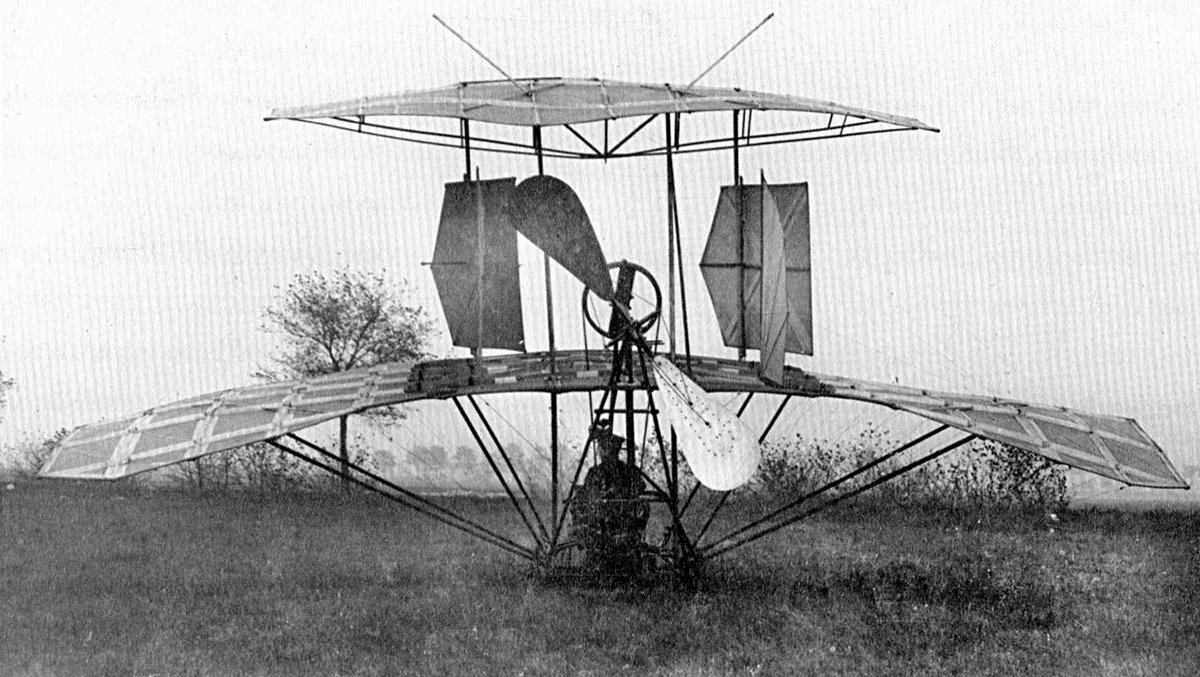
The Jatho Biplane and a Challenge to the Wright Brothers
Pictured above is the Jatho Biplane, built in 1903 by the German aviation pioneer Karl Jatho. During 1903, Jatho made a series of low flights with his machine outside Hanover, Germany. These flights took place a few months before the Wright Brothers achieved powered, controlled flight. We don’t know for sure if the Jatho Biplane was controlled, however. If it was, that means the Wright Brothers weren’t the first to achieve flight. If it wasn’t, the Jatho Biplane is just another prototype that got close, but didn’t actually achieve flight.
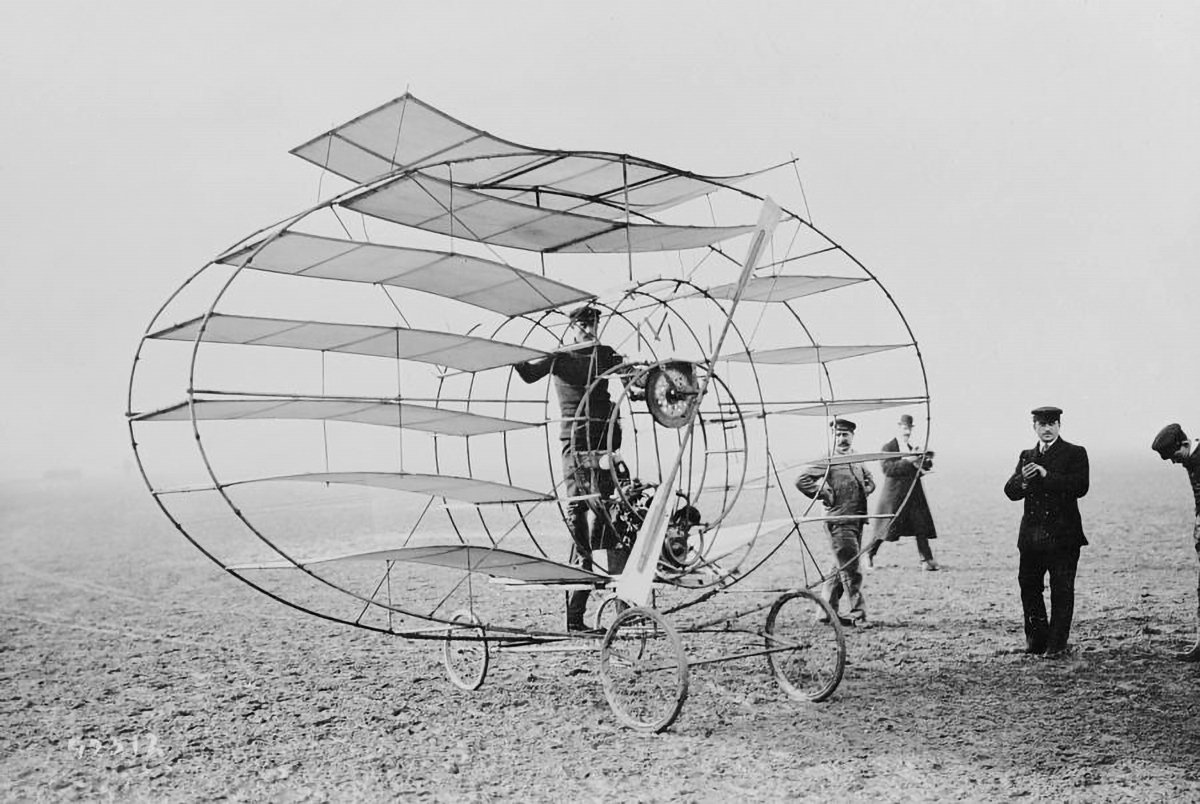
The Marquis Multiplane
If two wings can provide enough lift to make an aircraft fly, surely adding more wings must make it fly even better, no? It’s a silly question by today’s standards, but in the early days of flight it was a legitimate inquiry to be studied. One man who decided to test the theory was Marquis d'Ecquevilly, and pictured above is the Marquis Multiplane which he designed in 1908.
"On the summit, your soul becomes part of the mountain. It makes you feel alive."
-Nirmal “Nims” Purja, Nepalese mountaineer, born 1983.
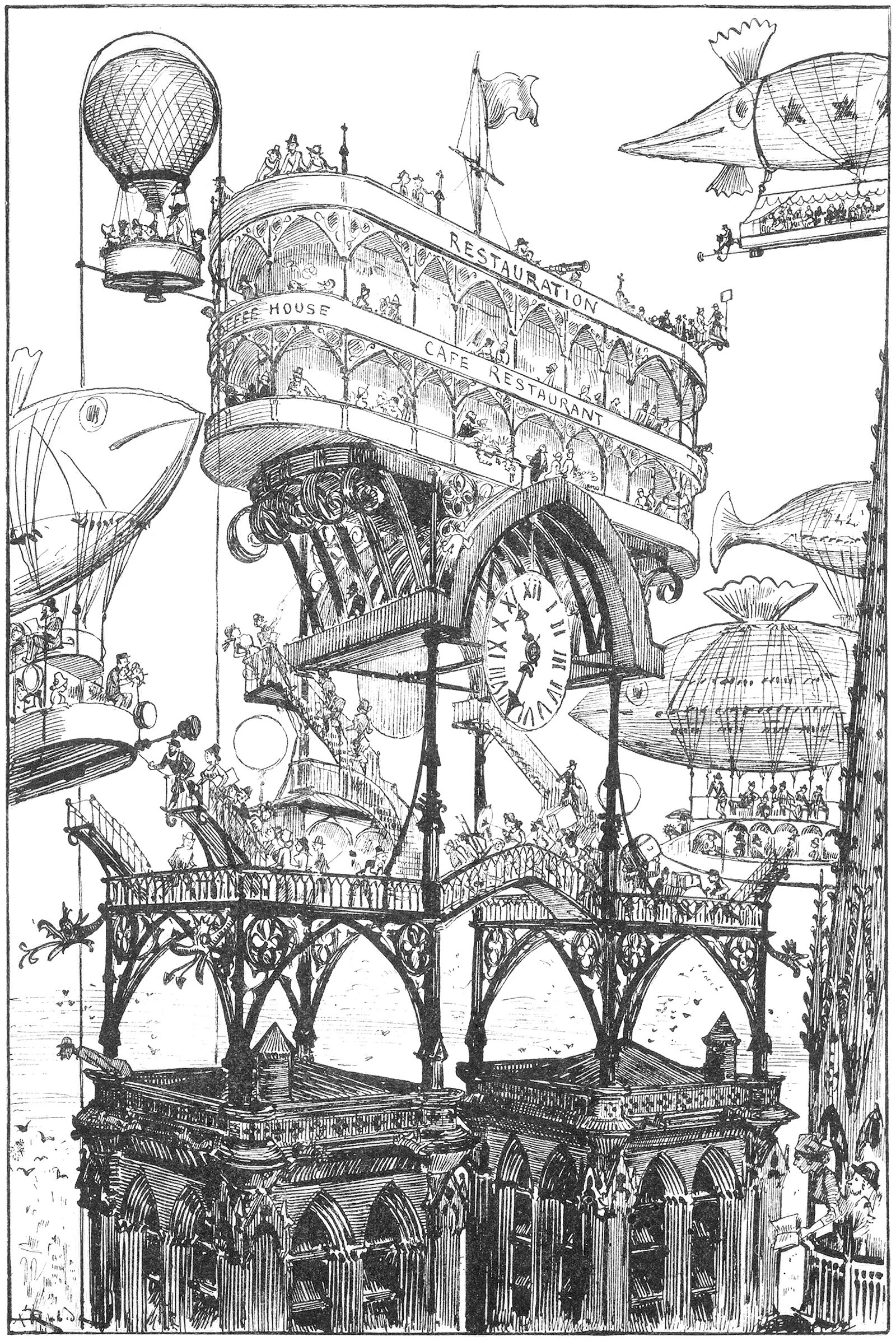
An Airport on top of Notre Dame
The above illustration was drawn by Albert Robida for his 1883 novel Le Vingtième Siècle, or The Twentieth Century. The novel describes a future vision for Paris in the 1950’s, focusing on technological advancements and how they would affect the daily lives of Parisians. Here he shows an elaborate transit station built on top of the bell towers of the Notre Dame Cathedral. It’s a wonderfully ambitious idea, and it represents modernity overtaking history.
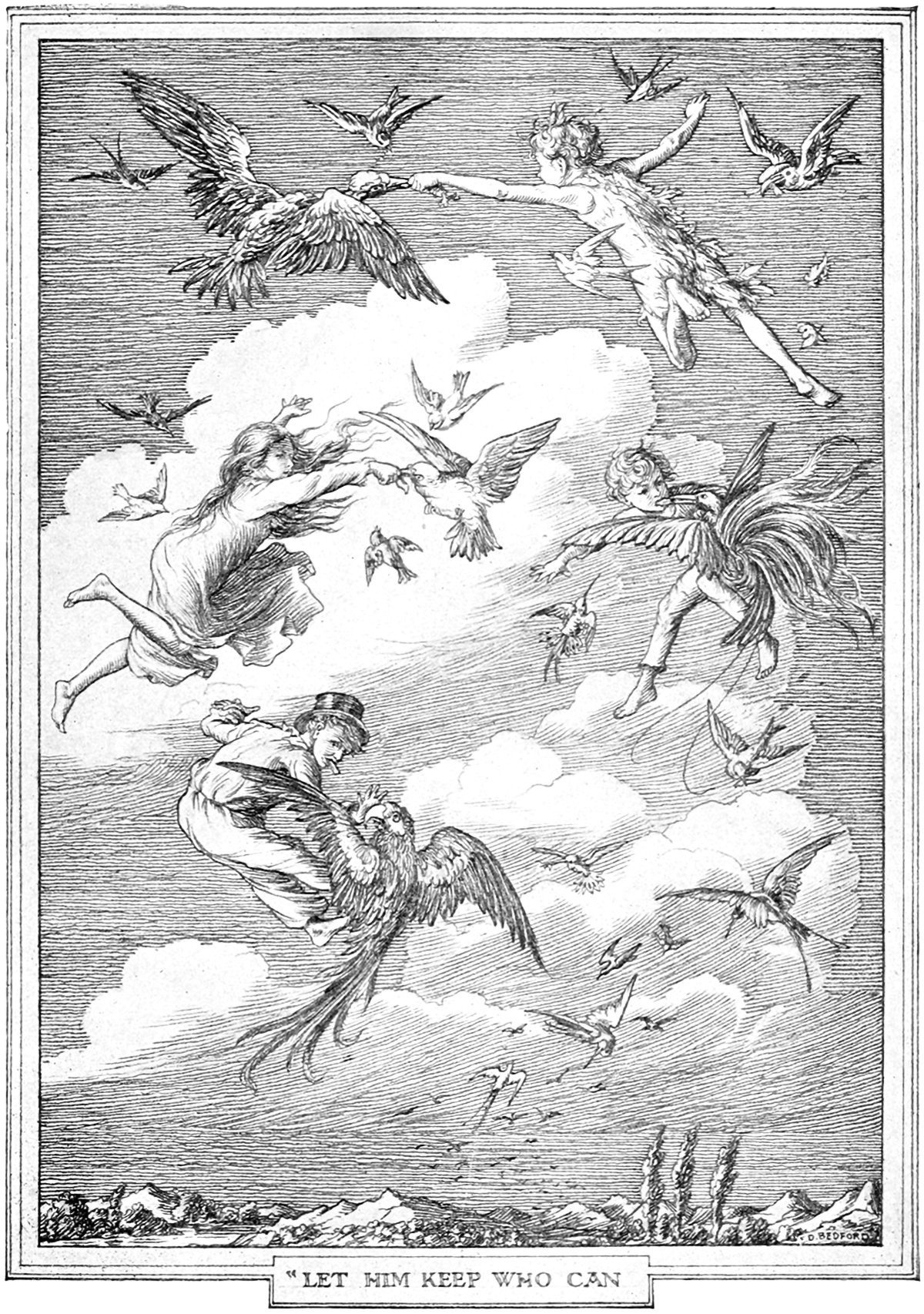
Peter Pan and the Delights of Flying
Peter Pan is perhaps best known from the animated 1953 film Peter Pan, but his story originated in the book Peter and Wendy, written in 1911 by J. M. Barrie. It’s a story of fairies, mermaids, pirates, and a mischievous boy with the power of flight. This boy, named Peter Pan, has adventures in Neverland with a group of British children that he teaches to fly. Flight is central to the narrative of the story, and Barrie does a good job of describing the children’s joy as they learn to fly.

Alessandro Antonelli’s Basilica of San Gaudenzio
Pictured above is an elevation of the Basilica of San Gaudenzio in Novara, Italy. The building features an elaborate dome and cupola structure. This structure appears to be on steroids, with quite a few stacked-forms below and above the dome itself. It seems over-built compared to the building it caps, and it’s overtly vertical design is a statement from the architect regarding the power of verticality.
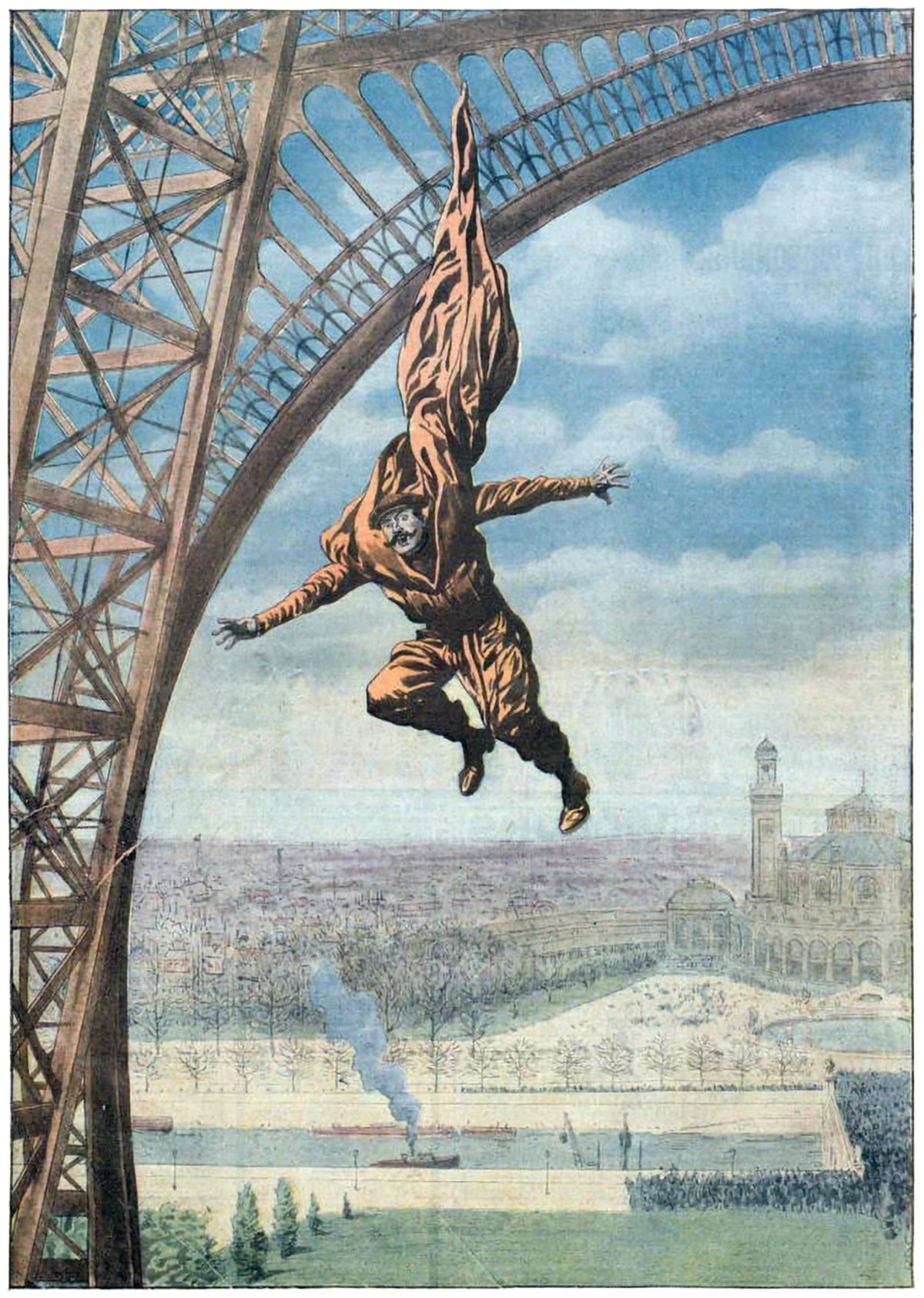
Franz Reichelt’s Fatal Leap from the Eiffel Tower
Pictured above is an illustration showing Franz Reichelt, a French tailor and inventor who was an early pioneer of parachuting. He had developed a wearable suit for pilots that would expand into a parachute should they need to eject themselves from their aircraft. He tested the design from the first deck of the Eiffel Tower in 1912, falling to his death after the parachute failed to open properly.
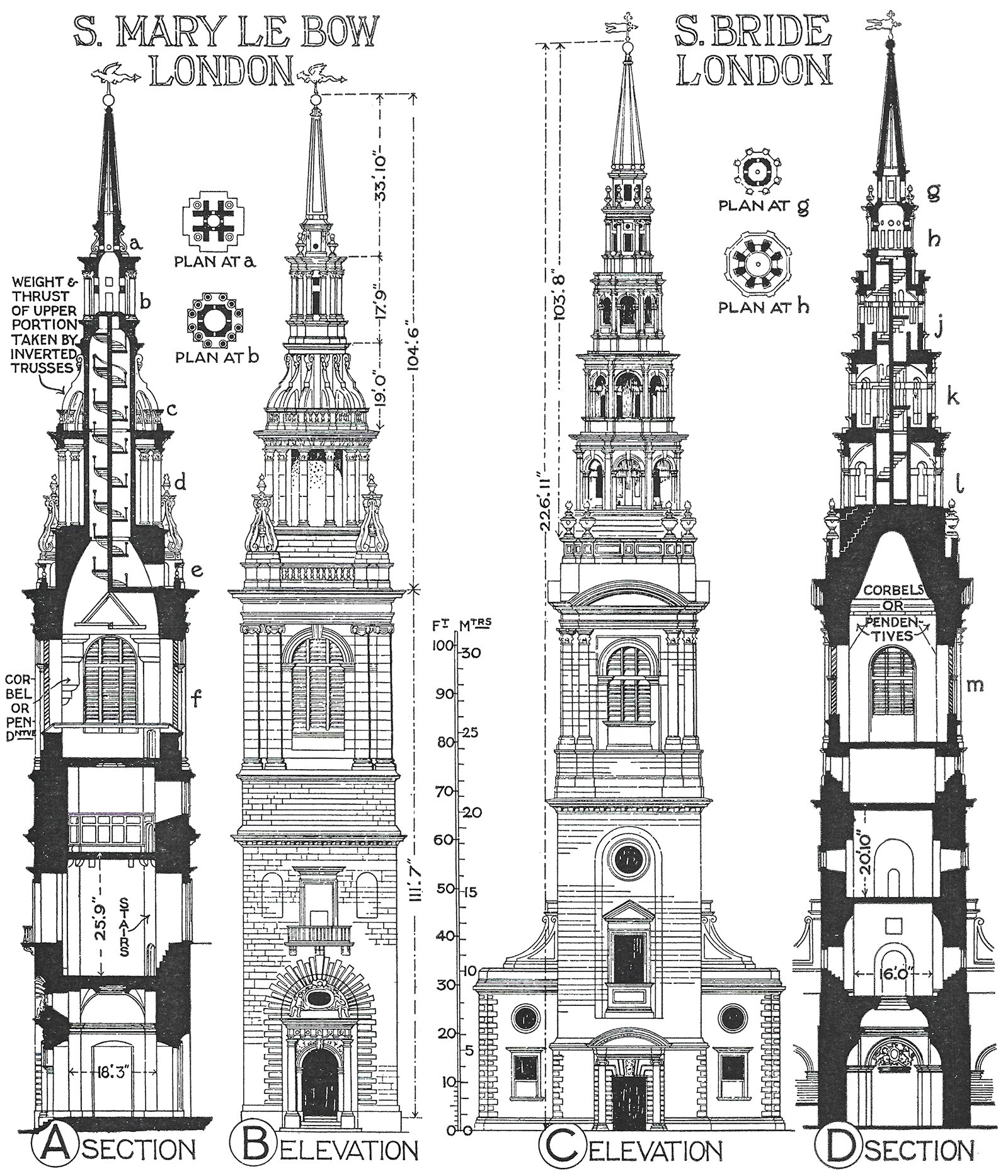
Sir Christopher Wren’s Church Steeples
Sir Christopher Wren was an English architect best known for his Renaissance and Baroque church designs that commonly featured conspicuous steeple designs. Pictured above are drawings of two such examples. These steeples are massive in scale, and they dwarf their adjacent church buildings. This mismatch of scales suggests that Wren considered these towers to be much more important than the churches they accompany. Through their height, Wren was using verticality to announce the presence of his buildings.
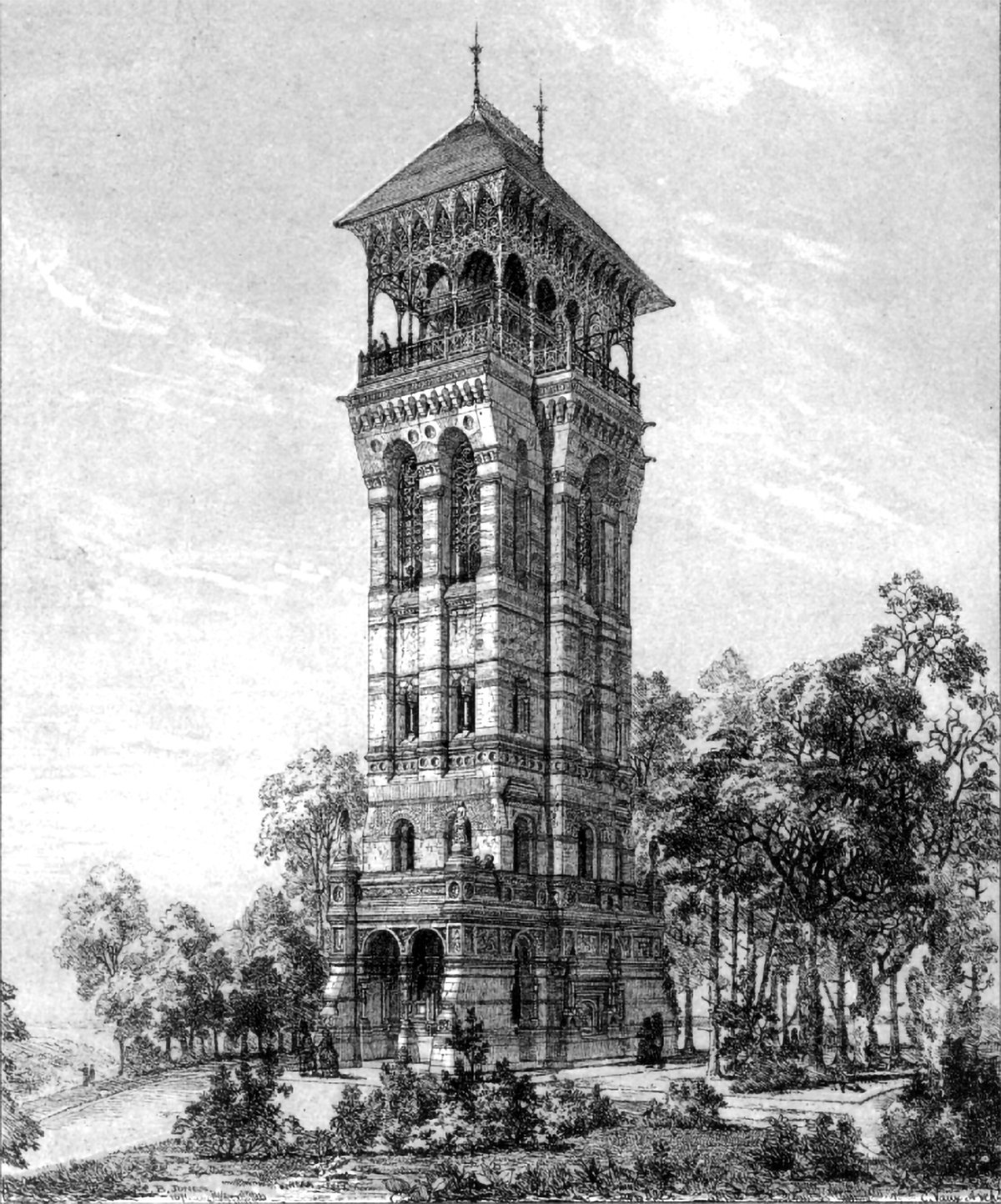
A Proposal for an Observation Tower in Prospect Park
Prospect Park in Brooklyn is one of the great examples of landscape architecture in the United States. It was designed by the legendary landscape architects Frederick Law Olmstead and Calvert Vaux and was completed between 1867 and 1873. The original design included an observation tower at the highest point in the park, which is pictured above. Unfortunately, it never got built.
“The honor of inventing the airplane cannot be assigned wholly to one man; like most other inventions, it is the product of many minds.”
-Richard Pearse, Kiwi inventor and aviator, 1877-1953.
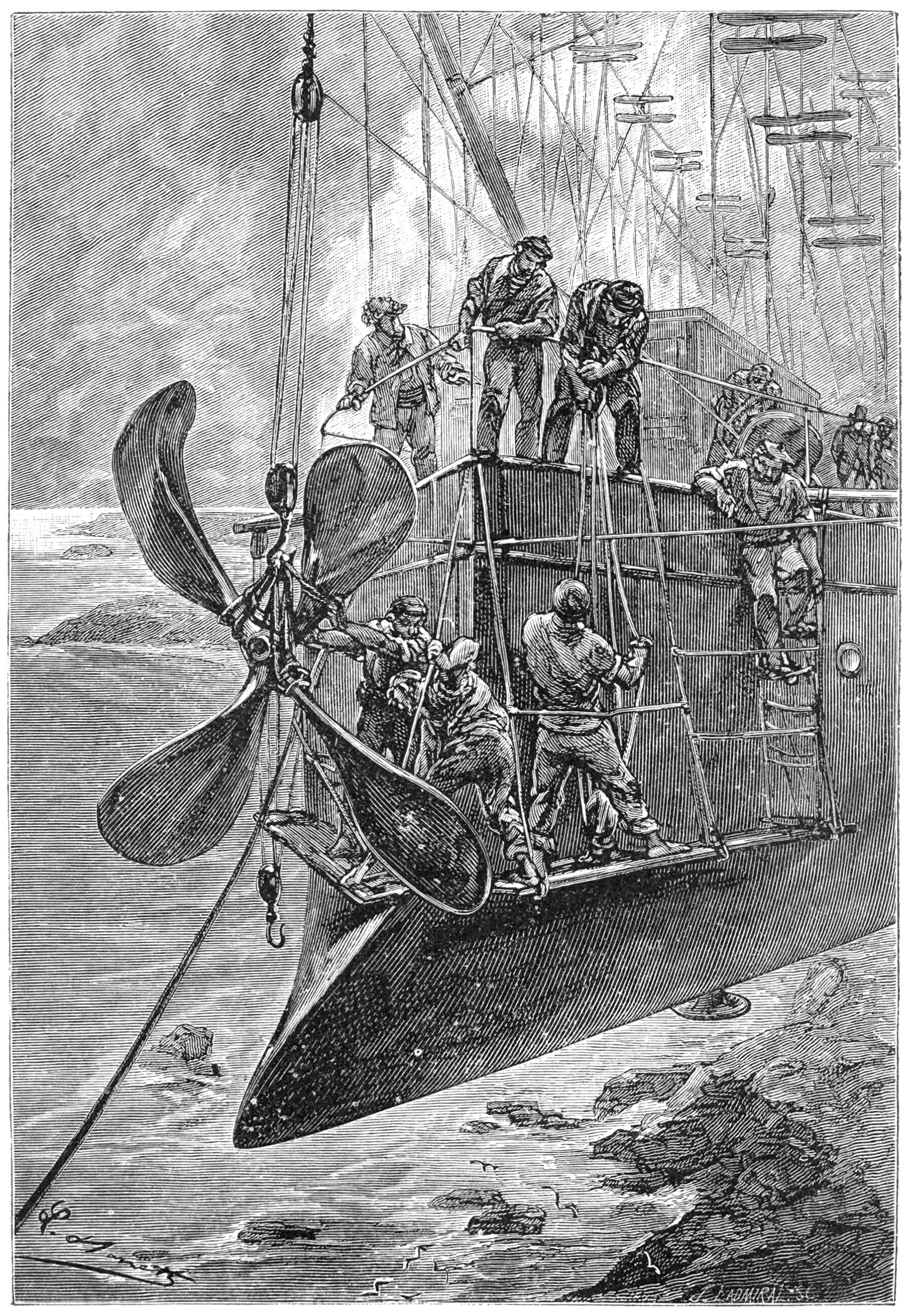
Jules Verne’s Clipper of the Clouds
Fiction has a way of reflecting and informing reality. Pictured above is an illustration from Jules Verne’s novel Robur the Conqueror, published in 1886. It shows a fictional flying machine called the Clipper of the Clouds, which was built by the novel’s titular character. Throughout the story, Verne explores the nature of flight, its effects on humanity, and the general sense of public awe in the early days of flying machines. There’s also an undertone of the God versus Ego struggle that is central to the verticality narrative.
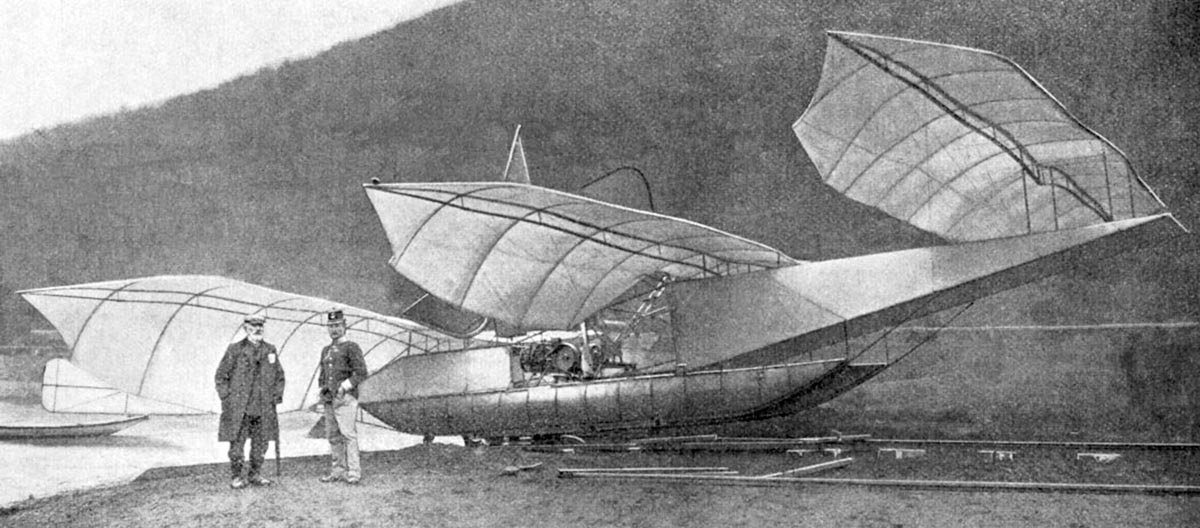
Wilhelm Kress’ Drachenflieger
Pictured above is the Drachenflieger, which was an experimental aircraft designed in 1901 by Austrian engineer Wilhelm Kress. It’s name means Dragon Flyer in German, and it was an attempt by Kress to build the world’s first heavier-than-air flying machine. The craft consisted of a central undercarriage and three large pairs of wings, each set at a different height so they wouldn’t interfere with one another. It was meant to take off and land on the water, so Kress designed it to rest on two pontoons.
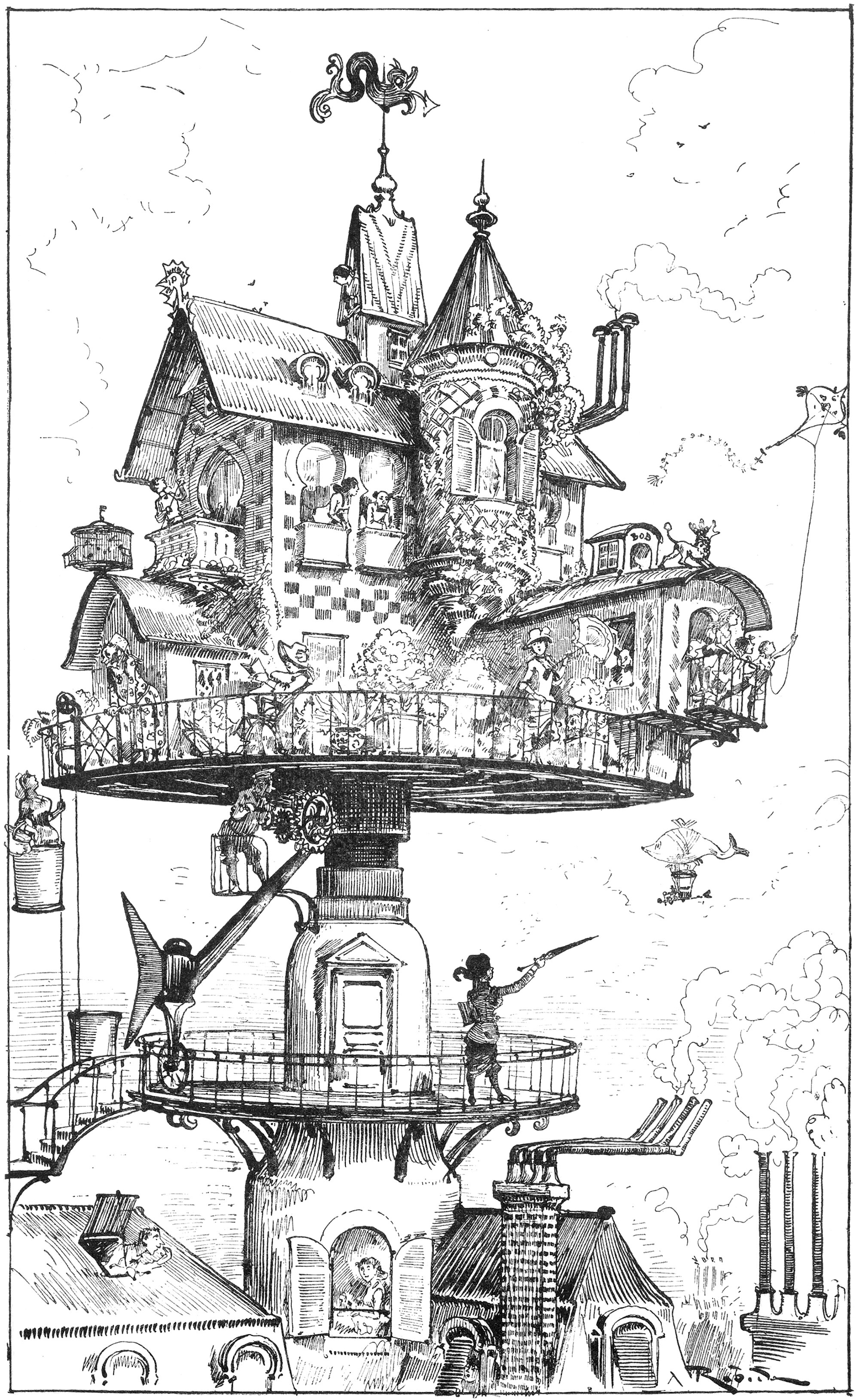
Albert Robida’s Aerial Rotating House
The above illustration was drawn by Albert Robida for his 1883 novel Le Vingtième Siècle, or The Twentieth Century. The novel describes a future vision for Paris in the 1950’s, focusing on technological advancements and how they would affect the daily lives of Parisians. Here he shows a house that’s been raised up on a rotating table. It’s a quirky image, but it also makes a statement on overcrowding and access to light and air for urban residents.
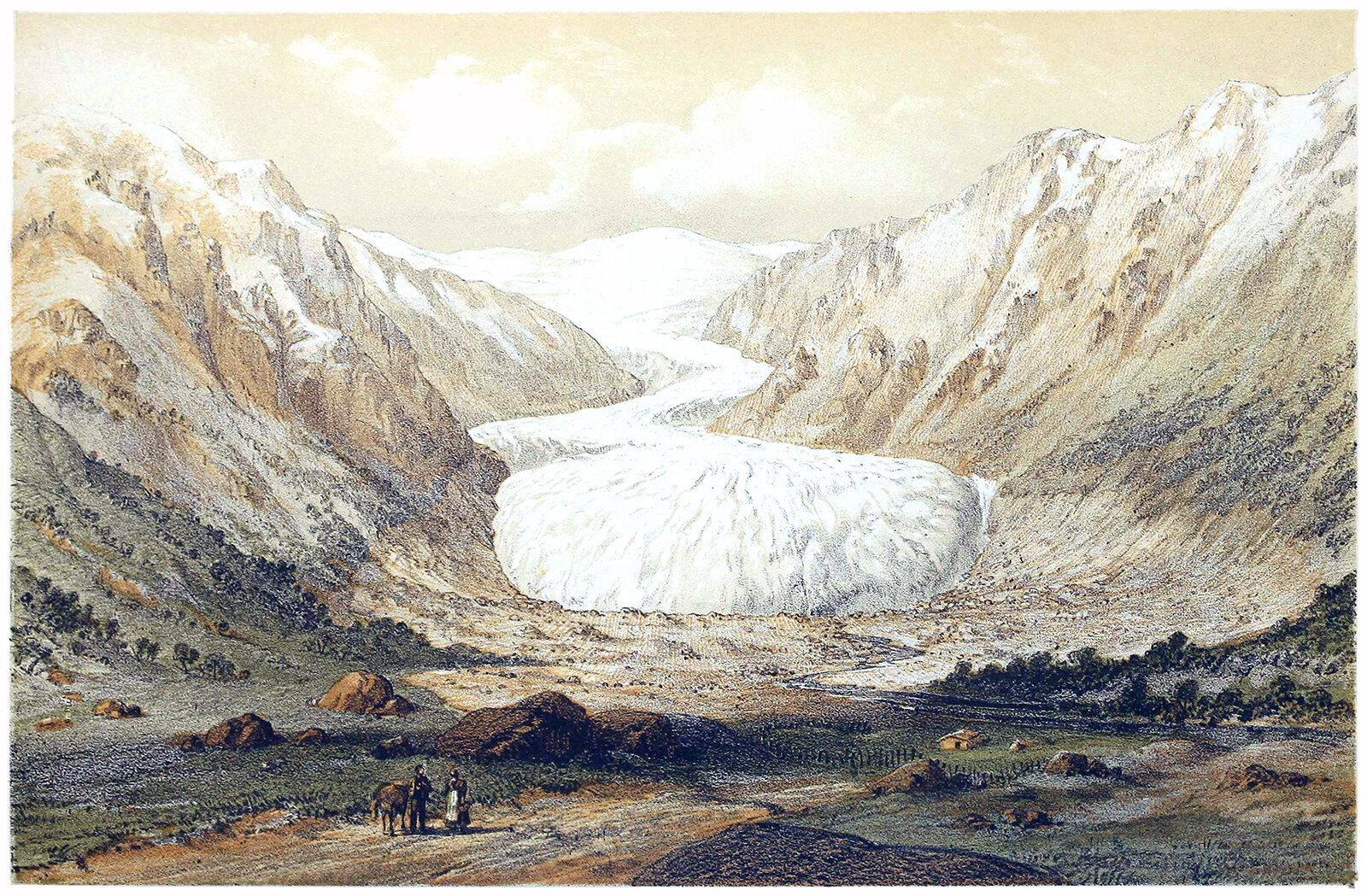
Mountains and Glaciers
The relationship between mountains and glaciers is a fascinating one. Where glaciers exist, the morphology of a mountain created the conditions necessary for a glacier to form. Once formed, a glacier’s growth and movement will slowly erode away the very mountain that created it. Over time, this movement carves and changes the landscape, resulting in moraines, cirques, fjords, and various other landforms.
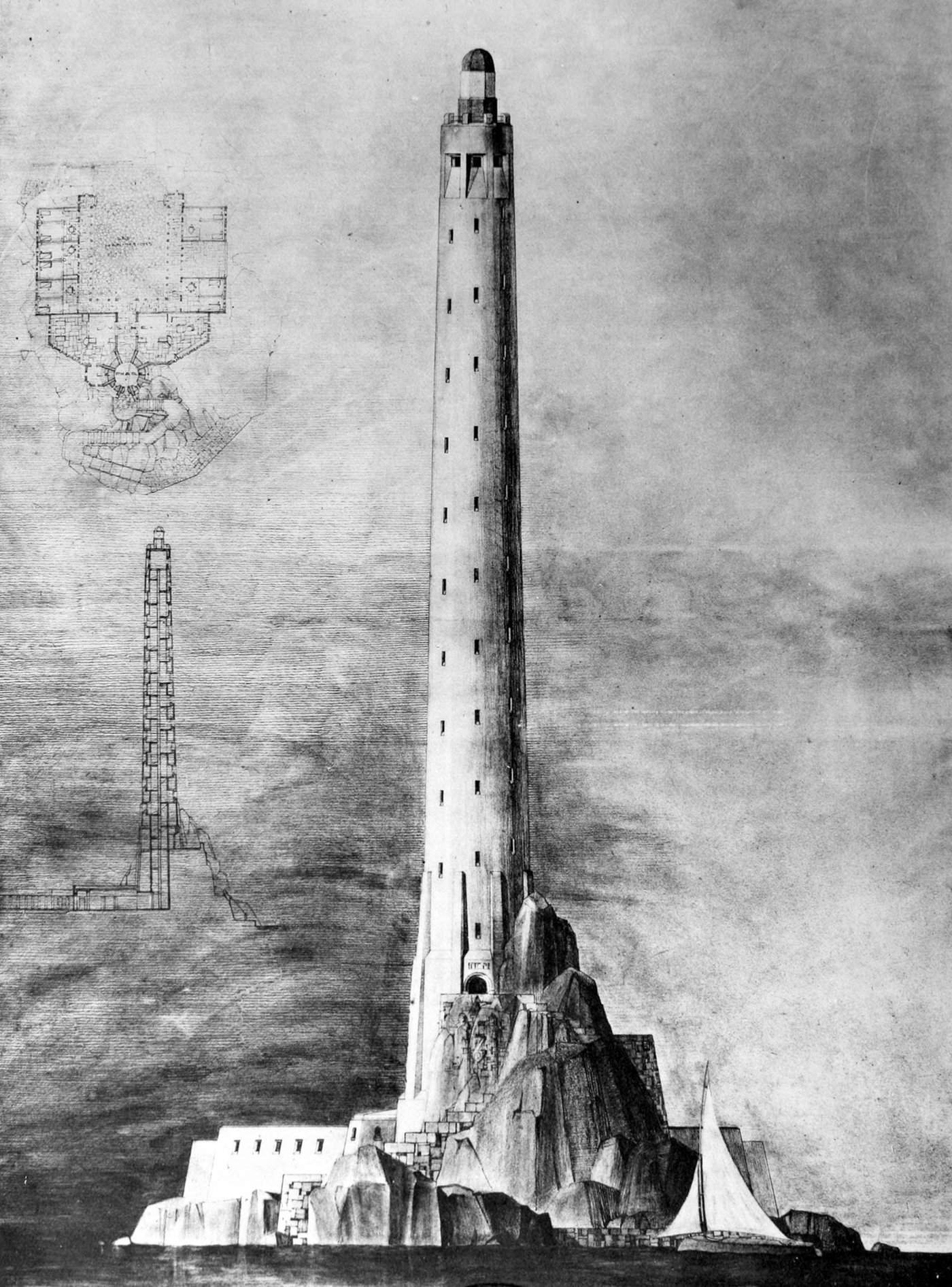
A Proposal for a Monumental Lighthouse
Pictured above is a student proposal for a monumental lighthouse from the École des Beaux-Arts. Designed in 1925, the structure is a tapered cylinder that rises high above the small, rocky island it resides on. As with any lighthouse, height is the main currency here. A higher light source will be visible from a greater distance, which makes the surrounding sea safer as a result.
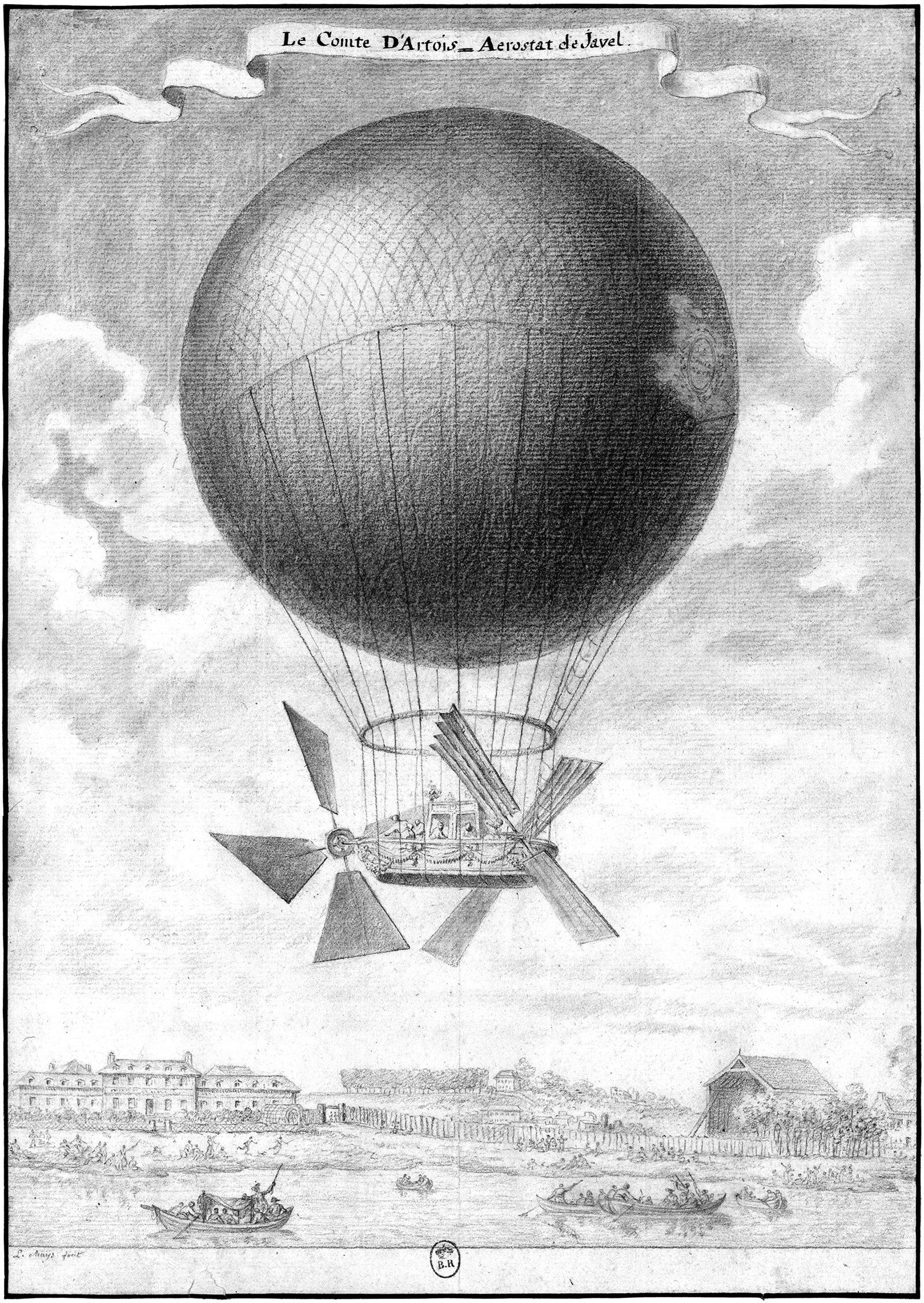
Alban & Vallet’s Comte d’Artois
Pictured above is a design for a flying machine by Léonard Alban and Mathieu Vallet from 1785. It was called Comte d-Artois, or l'Aérostat de Javel. It had a helium-filled balloon which carried a gondola. At one end of the gondola was a large propeller and at the other end was a pair of paddles. The gondola could comfortably seat four people and resembled a shallow boat. Throughout 1785, Alban and Vallet made many successful flights around Paris with the craft, and they also made three notable advancements in ballooning technology along the way.
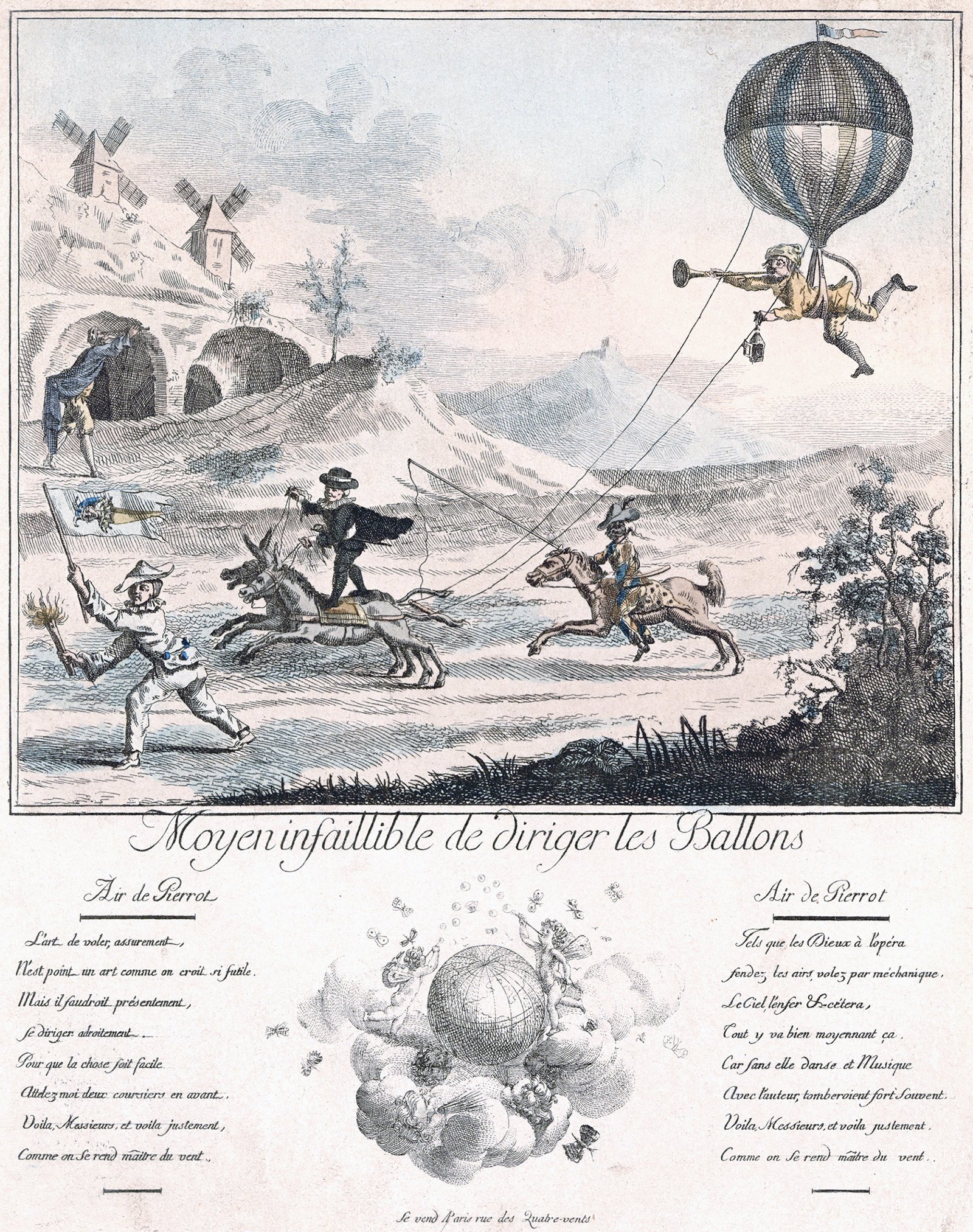
A Foolproof Way to Direct the Balloons
The above illustration shows a comical scene involving a man suspended from a balloon being pulled by a pair of horses. It was drawn in 1787 and it’s titled Moyen Infaillible de Diriger les Ballons, or A Foolproof Way to Direct the Balloons. It’s meant to be a satirical take on ballooning at the time, when flight was front-and-center on the public stage. The characters in the scene are from commedia dell'arte, which is a type of theatre with recurring archetypal characters.
“The airplane has unveiled for us the true face of the earth. For centuries, highways had been deceiving us. They shape themselves to man’s needs and run from stream to stream.”
-Antoine de Saint-Exupéry, French writer and aviator, 1900-1944.
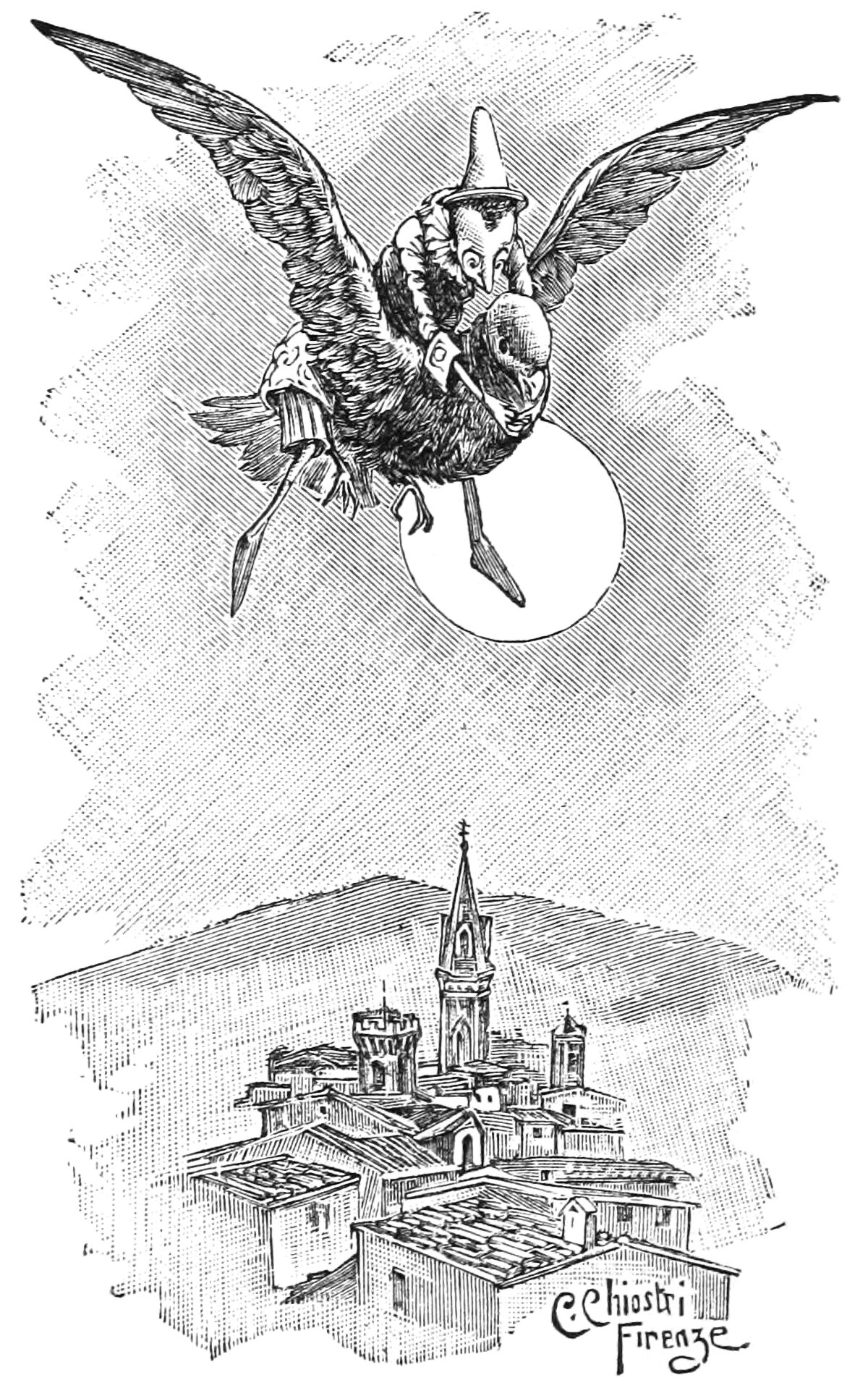
Pinocchio’s Feathered Steed
Folklore and fantasy are full of references to the power of flight. These references usually take one of two different forms. The first are characters who can actually fly, and the second are characters who fly by means of another creature. Examples of the first are fairies, angels, cherubs, and seraphs, among many others. The illustration above shows an example of the second. It’s from Carlo Collodi’s 1883 children’s book The Adventures of Pinocchio, when the titular character hitches a ride on the back of a giant pigeon.
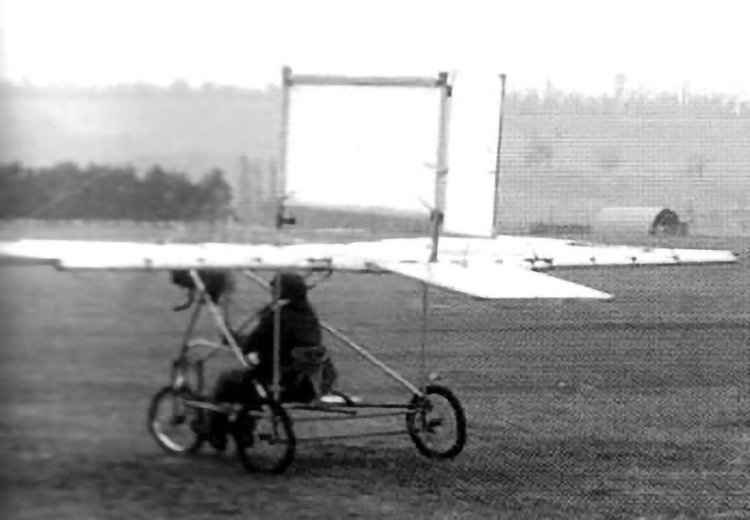
Richard Pearse and a Claim to the World’s First Powered Flight
Pictured above is a photograph of a monoplane designed and built by Richard Pearse in 1903. Pearse was a farmer who had an interest in engineering, flight and flying machines. He had previously designed bicycles and engines, but in the early 1900s he was working on a design for a flying machine. It was a monoplane with a front-mounted propeller and a large wing constructed of a bamboo frame and canvas.
